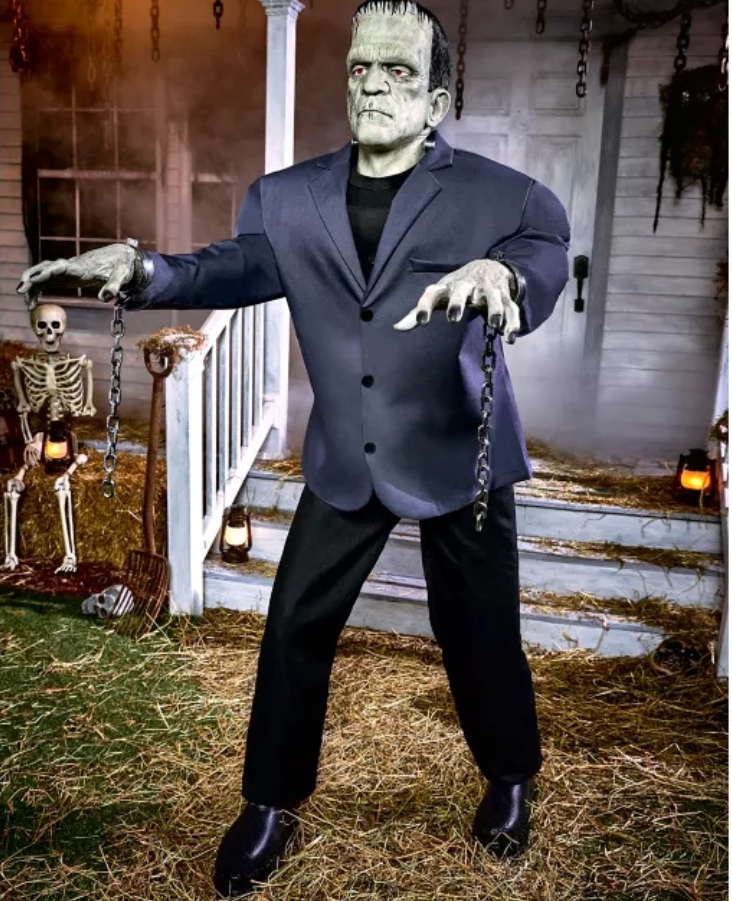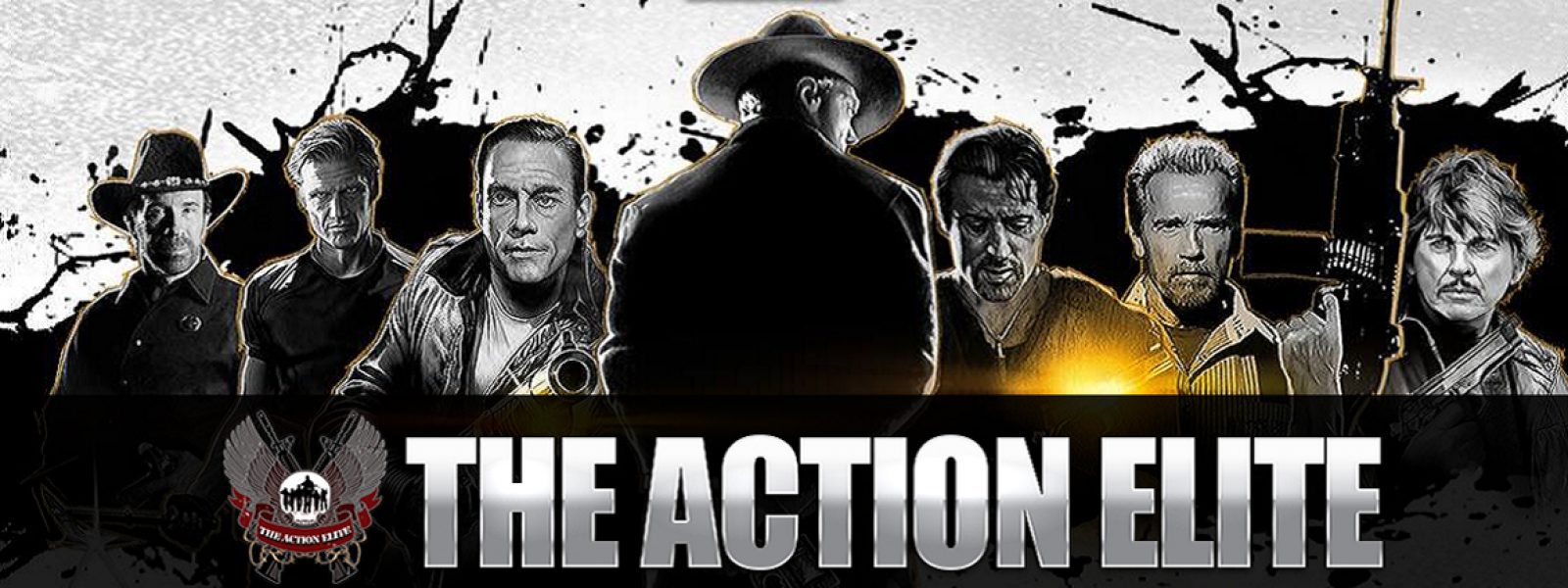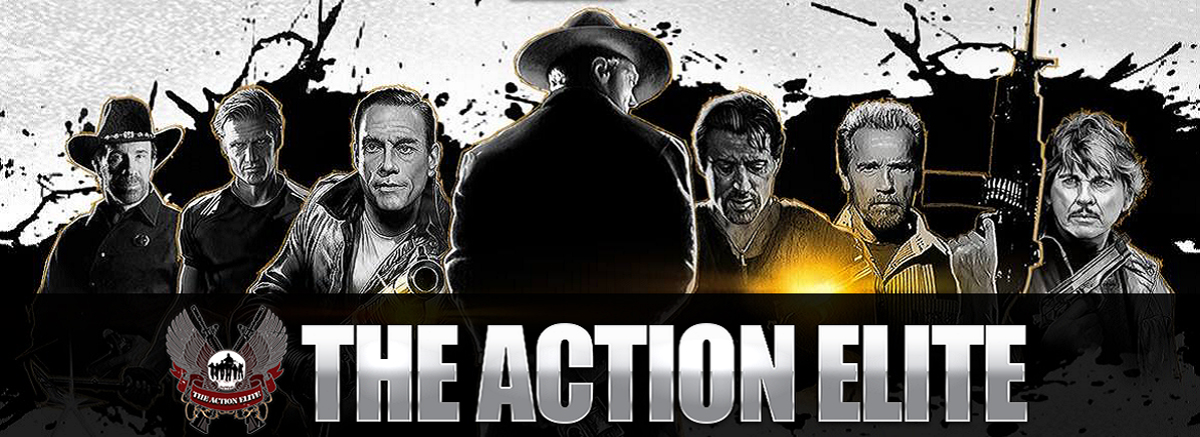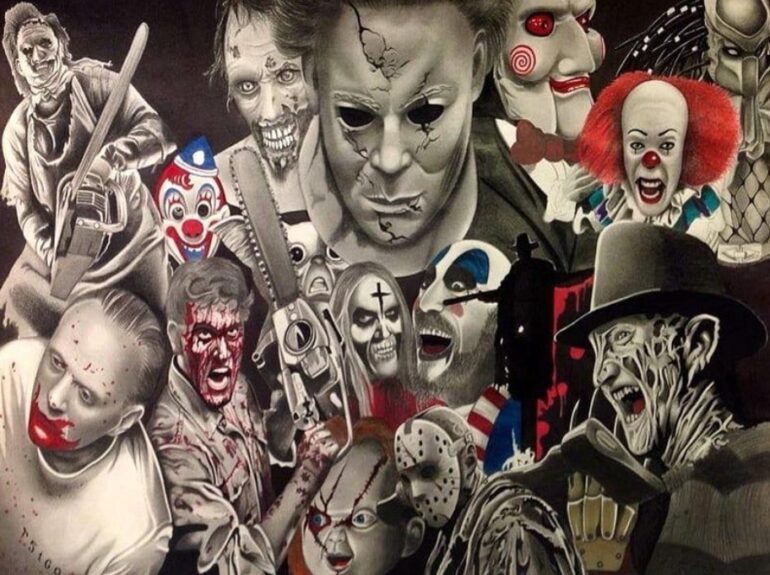In an age where fashion is increasingly shaped by pop stars, influencers, and red-carpet looks, it’s easy to forget that some of the most enduring style icons come not from the pages of Vogue — but from the flickering black-and-white frames of early horror films. Among them, Frankenstein’s monster stands tall (literally and metaphorically) as an unlikely yet compelling figure whose imagery continues to inspire designers, costumers, and even streetwear today.
From gothic runways to alternative fashion circles, the shadow cast by classic horror is long. With its deliberate silhouettes, dramatic contrasts, and haunting moods, horror fashion — particularly that rooted in vintage cinema — offers a unique kind of timelessness. It’s bold without trying, expressive without screaming, and lingers in the imagination far longer than seasonal trends.
Frankenstein’s Monster: Beyond the Makeup

First brought to life by Boris Karloff in the 1931 adaptation of Mary Shelley’s Frankenstein, the monster was a tragic figure — misunderstood, abandoned, and feared. But even beneath layers of prosthetics and scars, there was something refined about his image.
He didn’t wear tattered rags or medieval chains. Instead, Karloff’s monster wore a dark, sharply structured blazer over plain clothes. His broad shoulders and stiff movements, combined with the minimalist outfit, created a striking silhouette that blended horror with sophistication. The look was simple but cinematic, and over time, it evolved into a pop culture archetype.
The Frankenstein blazer has since been recreated, reimagined, and even parodied — but never forgotten.
The Power of Silhouette in Horror Fashion
Fashion in horror cinema often tells its own story. The silhouette, more than the details, is what sticks. Frankenstein’s monster is a perfect example: square shoulders, slightly elongated sleeves, clean lines. The tailoring was almost too polished for a creature assembled from corpses — which is exactly what made it so uncanny.
Designers like Alexander McQueen and Rick Owens have long borrowed from horror visuals — sharp cuts, exaggerated proportions, and morbid romanticism. These elements create drama. They provoke. They linger. Horror characters, especially those from early cinema, often wore garments that added to their aura rather than distracted from it.
The monster’s blazer didn’t just serve as clothing — it was part of the storytelling.
Style as a Tool for Humanizing the Inhuman
What makes the monster’s blazer even more compelling is the role it plays in evoking empathy. Frankenstein’s creation was meant to be monstrous, but the moment he dons clothing that resembles a human — neat and formal — the viewer is forced to confront his humanity.
There’s an emotional intelligence in horror fashion. It uses style as a tool for disarming the viewer. A beast in a suit becomes more tragic than terrifying. And that, perhaps, is the essence of gothic fashion — beauty nestled within darkness.
Modern adaptations of Frankenstein and similar gothic characters often lean even more into this visual duality. Whether it’s stage versions, TV reboots, or cosplay interpretations, the monster is often dressed in outfits that are equal parts terrifying and tasteful. That same blazer — structured, monochromatic, and oddly elegant — remains a central piece of the visual legacy.
Frankenstein in Modern Media and Street Fashion
It’s fascinating how the horror aesthetic — once confined to film sets and Halloween — has seeped into everyday fashion. Oversized blazers, distressed black coat like Van Helsing, and minimalist dark tones have found their way into mainstream menswear.
And while very few people are walking around with bolts in their necks, many are adopting Frankenstein-inspired styles without even realizing it. Structured blazers over turtlenecks, boxy coats paired with combat boots, and pale complexions set against dark clothing — these all carry echoes of the monster’s original aesthetic.
Gothic fashion, which blends Victorian melancholy with punk rebellion, owes a debt to early horror. In fact, some fashion historians argue that Frankenstein’s monster laid the groundwork for the modern concept of “the beautiful outsider” — someone who doesn’t fit in but makes a statement through presence and clothing.
The Return of Vintage Horror Aesthetics
In recent years, there’s been a notable return to vintage horror aesthetics in pop culture. Shows like Penny Dreadful, The Haunting of Bly Manor, and even modern music videos draw heavily on the style codes of classic monsters. Velvet blazers, layered dark textures, and solemn palettes have once again become desirable — not just for Halloween, but for expressing a more romantic, introspective persona.
It’s not about being scary. It’s about embracing depth, drama, and duality.
Designers too are leaning into these themes. Collections inspired by folklore, monsters, and myth are celebrated on runways. Fashion films draw visual references from black-and-white horror flicks. Frankenstein — the tale, the creature, and the costume — sits comfortably at the center of it all.
Costume or Statement Piece?
There’s a fine line between costume and statement piece. What sets them apart is intention. A blazer inspired by Frankenstein’s monster isn’t just about cosplay. When tailored properly, it becomes a versatile piece that adds structure and intrigue to an outfit.
It says something — about the wearer’s sense of history, appreciation for storytelling, or preference for bold silhouettes. And thanks to the cultural weight the character carries, it often sparks conversation.
For fashion enthusiasts, owning a blazer modeled after this iconic character isn’t just a nod to horror — it’s a nod to cinematic history, and to the power of clothing to define character.
Why It Still Resonates
Even nearly a century after the original Frankenstein film, the monster remains an icon — not just of horror, but of style. His look is etched into the collective memory: tall, still, dark, dressed in that unmistakable blazer.
What’s remarkable is that the garment hasn’t aged. In fact, it feels more modern than ever. Minimalist black blazers with strong shoulders are a staple in wardrobes today. The idea of fashion being a reflection of inner turmoil, complexity, and beauty found in brokenness — that’s evergreen.
And perhaps that’s the real legacy of Frankenstein’s monster: a being cobbled together from discarded parts, yet capable of inspiring beauty and empathy through a simple, striking outfit.
Conclusion: Horror’s Hidden Influence on Fashion
Frankenstein’s monster wasn’t just a breakthrough in special effects or storytelling — he was a pioneer of visual symbolism in costume design. His structured blazer became a tool for subverting expectations and telling a deeper story of identity, alienation, and misunderstood humanity.
Today, that influence endures. From gothic catwalks to film-inspired streetwear, the monster’s fashion fingerprint can be seen in the way we use clothing to communicate strength, sorrow, rebellion, or vulnerability.
The Frankenstein blazer is more than just an homage to a character — it’s a reminder that even in darkness, style finds a way to shine.






